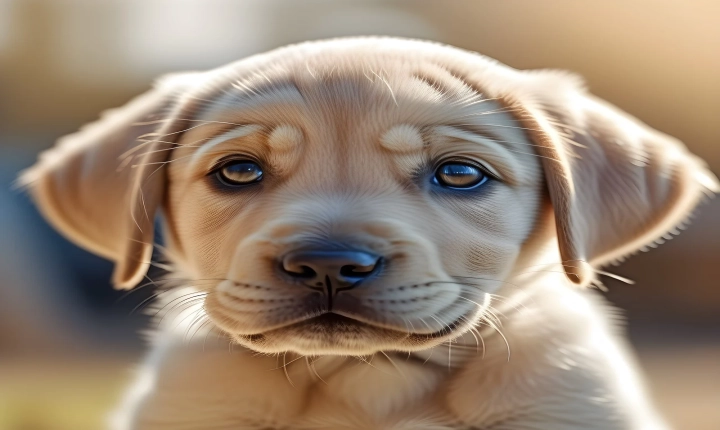The blur effect is a powerful tool that has long been used in photography and graphic design to create a sense of depth, focus, and movement in an image. Now, with the rise of artificial intelligence (AI), the blur effect is being reimagined and recreated in new and innovative ways. AI technology is being used to apply the blur effect to images with unprecedented precision and creativity, opening up a world of possibilities for designers and artists.
One of the most exciting applications of AI in recreating the blur effect is in the realm of image recognition and processing. AI-powered algorithms can analyze an image to identify key elements and then selectively apply the blur effect to certain areas. This allows for incredibly realistic and nuanced blurring, mimicking the natural way the human eye focuses on objects in a scene. The result is a more natural and immersive visual experience that can be tailored to specific artistic or communicative goals.
Another fascinating use of AI in recreating the blur effect is in generating depth maps from 2D images. Depth maps are a way of encoding the spatial information of a scene, allowing for the creation of realistic 3D effects. By leveraging AI techniques such as convolutional neural networks, depth maps can be generated from a 2D image, enabling the application of a simulated blur effect that accurately mimics the depth of field seen in real-life photography. This opens up new opportunities for creating lifelike and dynamic visual content in a variety of mediums.
Additionally, AI has been used to automatically adjust the blur effect based on the content of an image. For example, in portrait photography, AI algorithms can detect the presence of a human face and then apply a subtle blur effect to the background while keeping the subject in focus. This not only saves time for photographers and designers but also ensures a consistent and professional look across a series of images. Similarly, in landscapes or architectural photography, AI can intelligently analyze the scene and apply the appropriate blur effect to enhance the composition and visual impact.
Furthermore, AI-powered tools can be used to apply advanced blur effects, such as motion blur or lens bokeh, to static images or videos with remarkable accuracy. These effects can convey a sense of speed, action, or depth, adding an extra dimension to visual storytelling and creating a more dynamic and engaging experience for viewers.
Overall, the integration of AI technology with the blur effect represents a significant leap forward in visual design and image processing. By leveraging the capabilities of AI, designers and artists can achieve unprecedented levels of precision, realism, and creativity in applying the blur effect to their work. This opens up new avenues for artistic expression and communication, as well as enhancing the overall visual experience for audiences. As AI continues to advance, we can expect even more exciting developments in the recreation of the blur effect and its applications in the world of visual arts and design.
